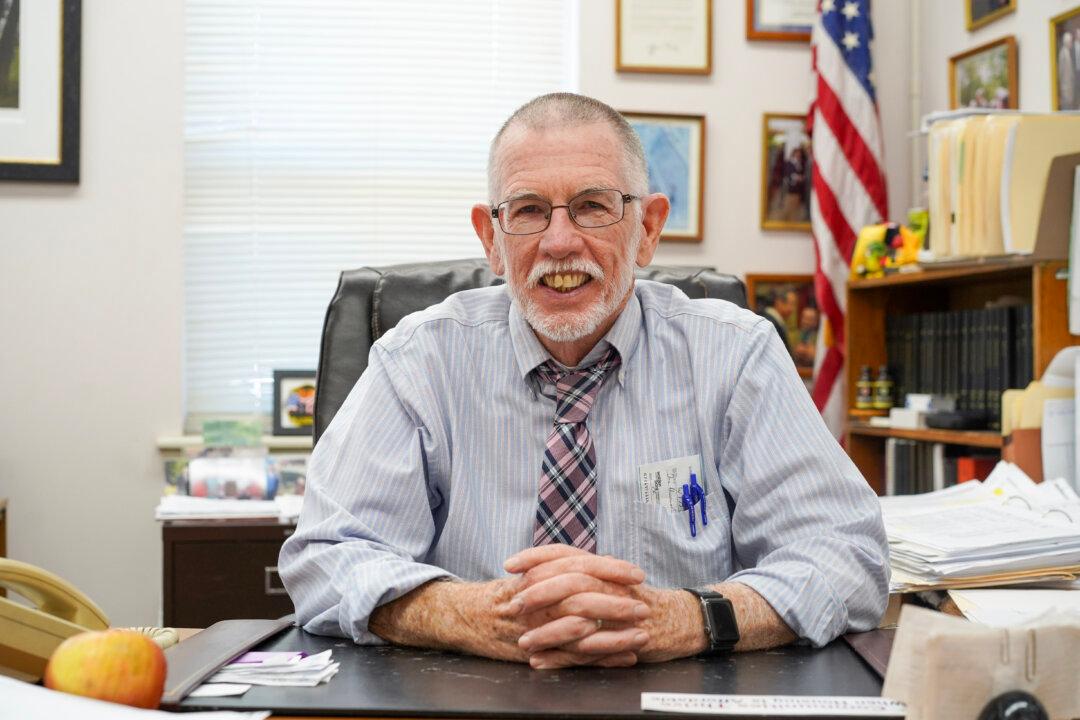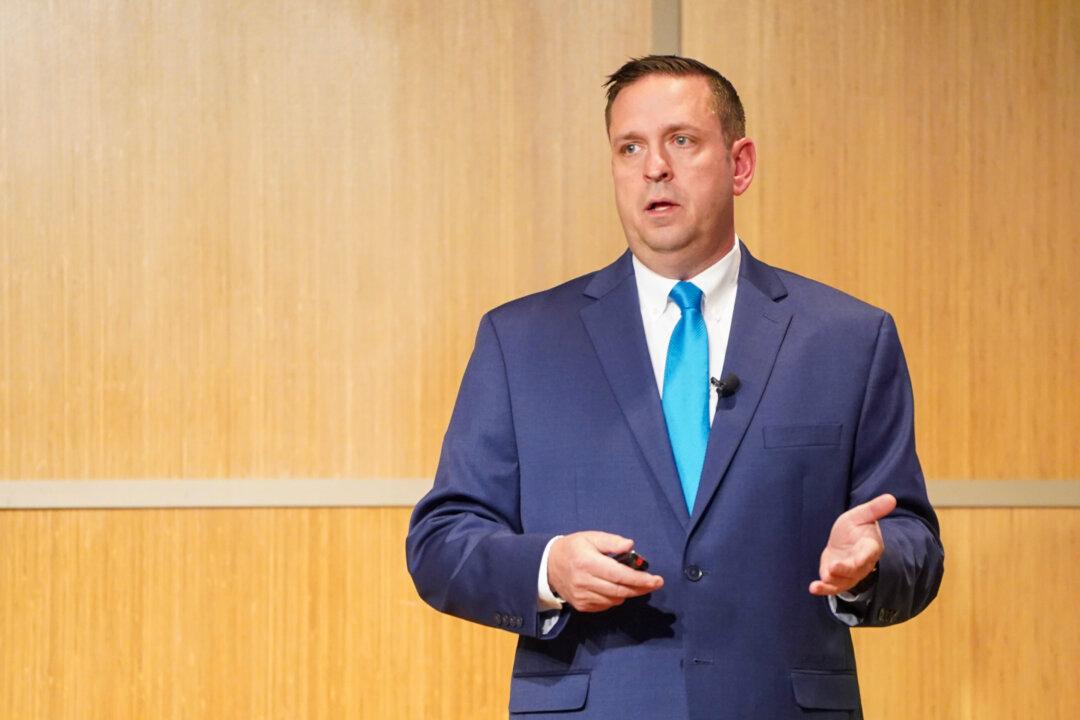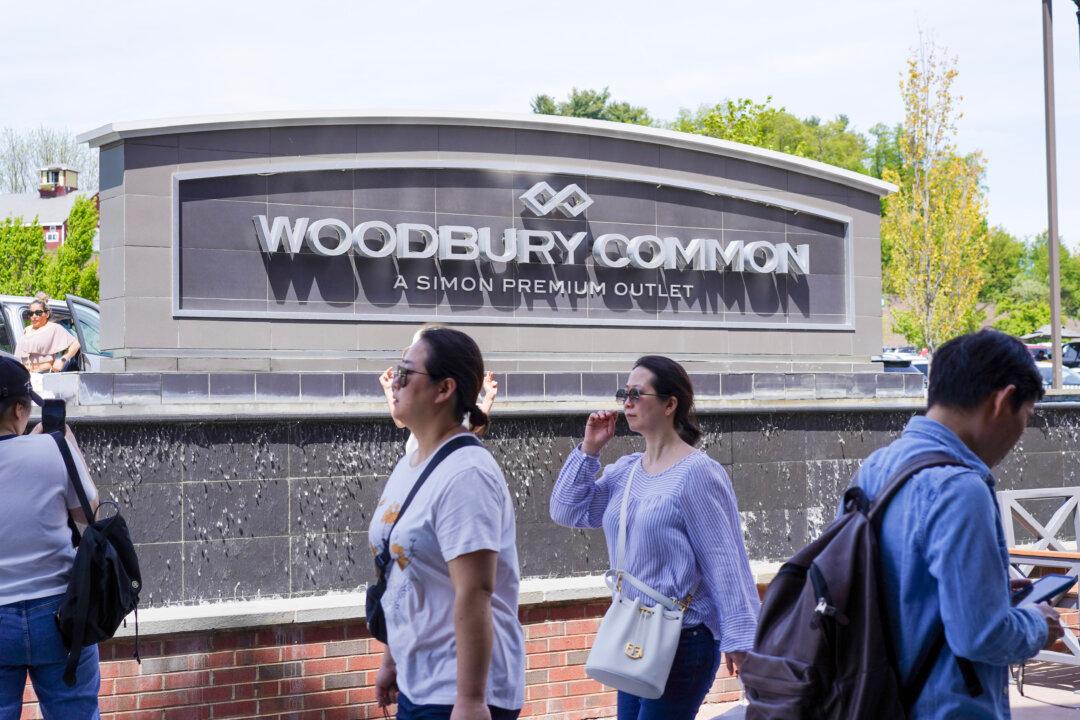As Michael Sweeton looked back on nearly 22 years at the helm of Orange County’s largest town, he said his most far-reaching legacy lay in both land preservation and economic development.
Warwick’s farmland preservation program, which took off with one-time bond money and successfully morphed into a self-sustaining fund, has protected 4,500 acres of productive soil from development.





